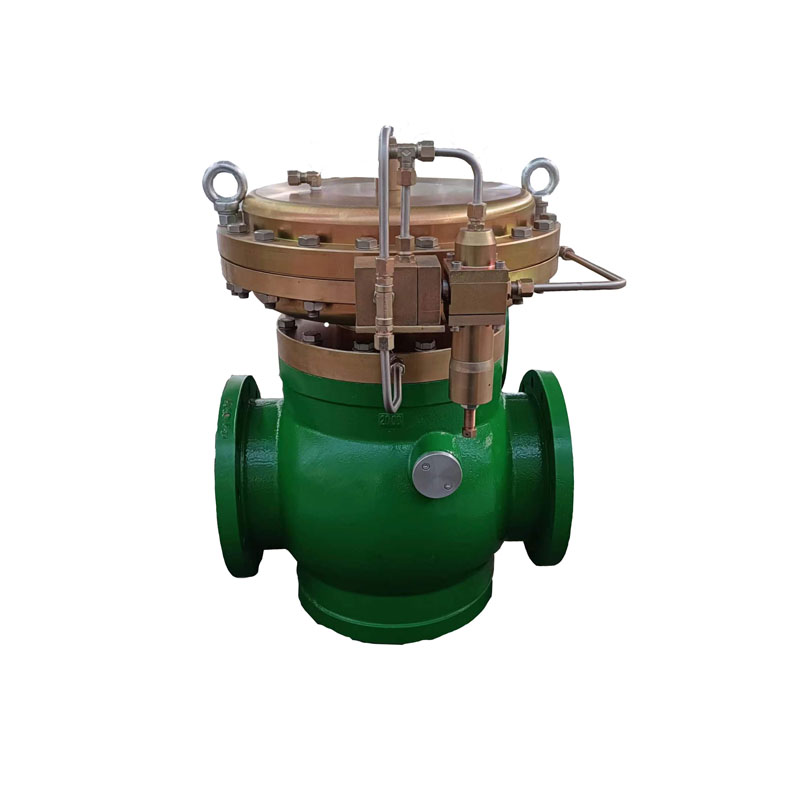
Dec . 04, 2024 16:37
Back to list
gas pressure regulator valve
Understanding Gas Pressure Regulator Valves
Gas pressure regulator valves play a crucial role in various applications where gas supply needs to be controlled and maintained at a specific pressure. These devices serve as the backbone of many industries, including residential, commercial, and industrial sectors. Understanding their function, types, and importance can help ensure safety and efficiency in gas utilization.
What is a Gas Pressure Regulator Valve?
A gas pressure regulator valve is a device designed to control the pressure of gas in a system. It reduces the high incoming pressure from a gas source, such as a cylinder or pipeline, to a lower, manageable level that is safe for usage. The regulated gas can then be supplied to appliances, engines, or other applications that require a steady pressure to function effectively.
Functionality of Gas Pressure Regulators
The primary function of a gas pressure regulator is to maintain a constant outlet pressure regardless of fluctuations in the inlet pressure or variations in gas demand downstream. This is crucial because too high a pressure can lead to equipment failure or dangerous situations, such as leaks or explosions. Conversely, too low a pressure can result in inadequate performance of gas-powered equipment.
Types of Gas Pressure Regulators
Gas pressure regulators come in various types, classified based on their design, application, and operational mechanism
. The most common types includegas pressure regulator valve

1. Single-Stage Regulators These regulators are straightforward in design and typically used for low-pressure applications. They reduce the pressure from the source directly to the desired outlet pressure in one step.
2. Two-Stage Regulators These are more complex and typically used in high-pressure applications. The first stage reduces the high inlet pressure to an intermediate level, while the second stage further reduces it to the desired outlet pressure. This two-step reduction offers greater stability and accuracy in regulation.
3. Electronic Regulators With advancements in technology, electronic pressure regulators have emerged. These devices use sensors and digital controls to maintain precise pressure levels, offering greater flexibility and efficiency.
Importance of Gas Pressure Regulators
The importance of gas pressure regulators cannot be overstated. In residential settings, these valves ensure that appliances such as stoves, heaters, and water boilers operate safely and efficiently. In industrial applications, they are essential for processes that require a stable and consistent gas supply, such as manufacturing or chemical processing.
Moreover, these regulators play a pivotal role in safety. By controlling gas pressure, they help to prevent over-pressurization, which can lead to catastrophic failures and accidents. Regular maintenance and timely replacement of faulty regulators are essential to ensure the safety of gas systems.
Conclusion
In summary, gas pressure regulator valves are vital components in any system that utilizes gas. They not only enhance the performance of gas-powered equipment but also ensure safety by preventing dangerous pressure levels. Understanding the various types of regulators and their applications is key for anyone involved in the use or management of gas systems. As technology continues to advance, the design and functionality of gas pressure regulators will likely evolve, making them even more efficient and integral to safe gas supply management. Whether for home use or industrial applications, recognizing the significance of these devices is crucial in promoting safe and effective gas utilization.
Next:
Latest news
-
Safety Valve Spring-Loaded Design Overpressure ProtectionNewsJul.25,2025
-
Precision Voltage Regulator AC5 Accuracy Grade PerformanceNewsJul.25,2025
-
Natural Gas Pressure Regulating Skid Industrial Pipeline ApplicationsNewsJul.25,2025
-
Natural Gas Filter Stainless Steel Mesh Element DesignNewsJul.25,2025
-
Gas Pressure Regulator Valve Direct-Acting Spring-Loaded DesignNewsJul.25,2025
-
Decompression Equipment Multi-Stage Heat Exchange System DesignNewsJul.25,2025

